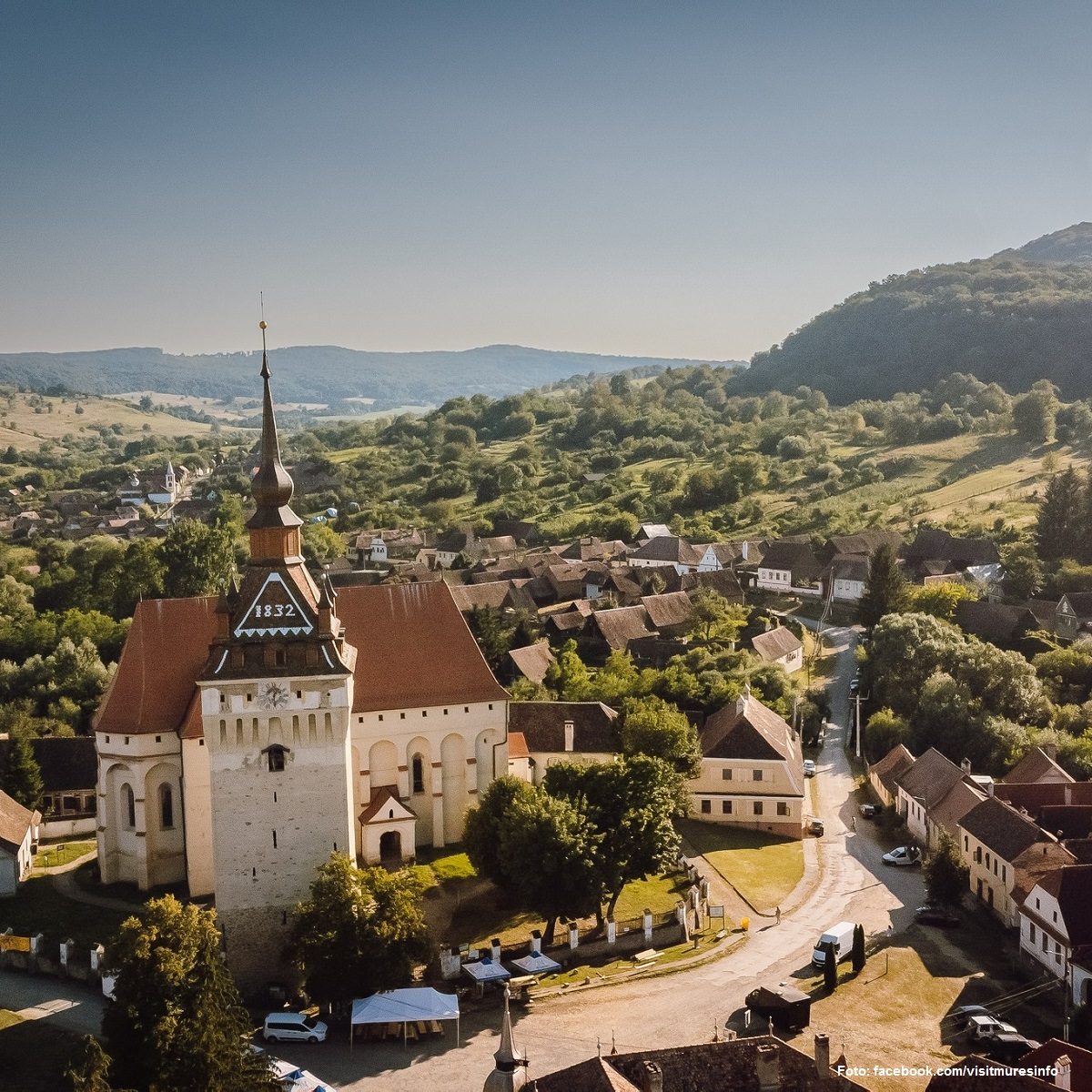The Museum of Romanian Records
A unique museum with unique collections, some spanning centuries.

Daniel Onea, 14.11.2024, 14:00
The Museum of Romanian Records emerged out of a desire to promote Bucharest and Romania. Here we can find large collections of corkscrews, irons, vintage cameras or Romanian philatelic objects, but also over 30 other smaller collections. The items themselves might seem simple when described, but once seen, they will be perceived as works of art due to the special and varied patterns.
Our guide today is Victor Bota, the curator of this unique museum and president of the Romanian Remarkable Results Foundation. He told us more about some of the collections and the most valuable items on display.
“These hidden, lost histories should be brought to light. And where else can one discover them but in a museum, where you can see the history of mankind by looking at a single object, a corkscrew or an iron, from the moment it was invented and produced until now. All these technological breakthroughs are visible here. The density per square meter I think is unique in the world. There are over 5,000 square meters of exhibits, but the density is fabulous. For instance, the corkscrew exhibition area measures 500 square meters, with 31,000 items on view”.
Right now, the Museum of Romanian Records has the largest collection of corkscrews in the world. It is certified by the Guinness Book of Records. However, since the record was set, with a number of 23,965 objects, today, the collection totals over 31,000 unique objects.
“When we talk about their importance, we have to understand that this object appears in history around the XV-XVI centuries. There are records, but no very solid sources have been preserved. Basically, the first invention patent was registered in Great Britain by the priest Samuel Henshall, in 1795. The model of the first patent is here, in our collection, but it is not the most valuable. We also have the most important historical corkscrew in the world. In 1833, the old London Bridge, the Old Bridge, was demolished. Pieces of steel and wood were removed and this tribute corkscrew was produced. It also has quite an interesting mechanism. It’s not a corkscrew with just a twist and a handle. It has a mechanism that creates a twist in one direction. The inscription on it reads it had stood at the foot of London Bridge for 656 years. If we do the math, the item dates back to around 1100-1200, when the metal was forged into the base of London Bridge. If they could tell stories, these items would tell the history from before the Tudors, because they only became a dynasty until 1400-1500. So, the Thames has something to tell through the voice of this piece of metal in Romania, about the world history of corkscrews”.
The Museum has between 3,000 and 5,000 items that are extremely rare or unique. For example, 18th-century corkscrews of noble families in France. However, the visit continues with the trivet section. Victor Bota explains how the word was imported from English.
“It was very difficult to say ‘iron stand’, ‘fireplace tool stand’, ‘pan stand’ in Romanian. Then, in order to find a single common denominator, the Romanian language imported this word, “trivet”, from English. A few hundred years ago, only the nobles had corkscrews and irons, and they were personalized. Therefore, the art, the design, the form are absolutely fascinating. It comes in all geometric forms and graphic representations. I usually have a challenge for new guests – think of a pet and let’s see if it’s not on these trivets. Very rarely have we discovered a pet that we don’t have”.
Arriving at the collection of irons, tourists often ask themselves when this object appeared. Victor Bota, the curator of the Museum of Romanian Records and the president of the Romanian Remarkable Results Foundation, recalls the principle of the iron, that of stretching, of smoothing, which it first appeared in the Paleolithic.
“People needed to use a piece of wood, a piece of bone or a stone to stretch animal skin and then simply use it as clothing. That’s how the mechanism was invented, and it has followed the evolution of humanity step by step through the Neolithic, the Bronze Age and the Iron Age, reaching the present day with extraordinary technical characteristics. The idea behind it is, in fact, energy. In fact, the Guinness Book of Records states that an iron is a triangular, metallic object that accumulates energy and straightens wrinkles. But how does it accumulate energy? On trivets, directly over the fire, on a cast iron stove or, in the case of certain irons, a piece of steel is taken, heated and then inserted into the iron. After the development of the electric iron, the traditional iron is second in terms of cleanliness. They are so beautiful that, at first glance, you wouldn’t say they are irons. They are genuine works of art. It’s something you realize by simply looking at them”. (VP)






























